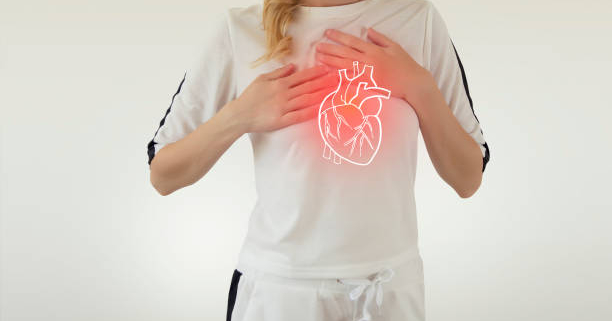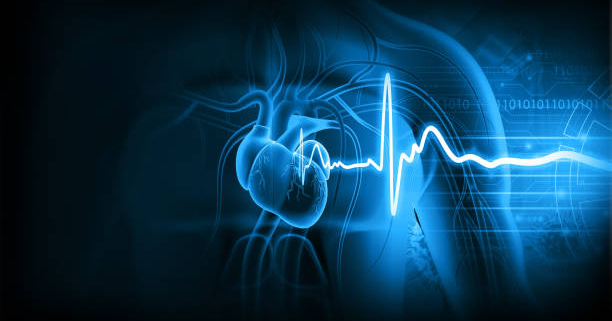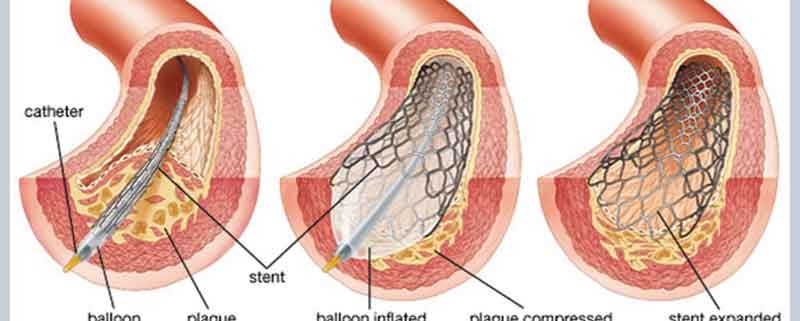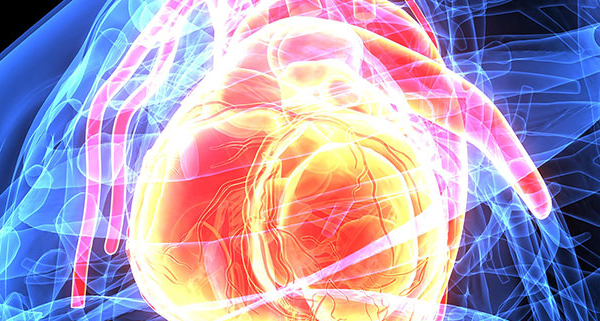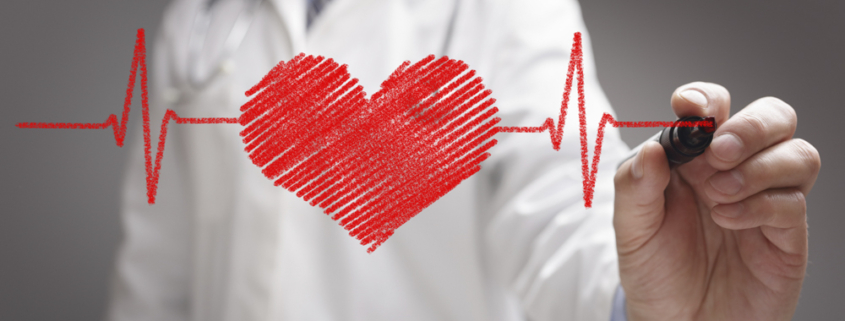As one of the worldwide health risks, the heart is one of the highly ranked components contributing to the mortality rate of an individual. To measure the effectiveness and efficiency of treatment done on a heart, early diagnosis must be accurate. Echocardiography is a test done using ultrasound. The test is non-invasive and pain-free, which helps in taking images of your heart and the functioning as well. Whether you are having pain in the chest, breathlessness or heartbeats that are not rhythmic, there are aids like echocardiograms that aid in checking disorders with valves, failure of heart or dream defects heart (congenital defects).
If you’re searching for top notch experts on cardiology, Ayushman hospital provides full cardiac imagery solutions along with precise diagnosis and tailor-made care. Along with that, they also provide Echocardiography tests in Delhi, making completed convenient approximately in a place.
What is Echocardiography?
Echocardiography, also referred to as echo test, involves taking an ultrasound of the heart utilizing sound waves with elevated frequencies. It is essential as it aids practitioners evaluate:
- The muscle power of the heart (after heart attack)
- A few narrow or leaky valves
- The flow of blood and the arteries
- Defects which a person is born with (children & adults)
- Congenital deceits for heart.
Types of Echocardiography Offered at Ayushman Hospital:
- Transthoracic Echocardiogram (TTE) – The external approach of the chest is where the standard ultrasound is done.
- Transesophageal Echocardiogram (TEE) – Creates better images with a probe in the esophagus.
- Stress Echocardiogram – Assess cardiac activity while the patient exercises or is medicated.
- 3D Echocardiography – Enhanced imaging technique for detailed analysis of the heart’s structure.
Why Ayushman Hospital for Echocardiography in Delhi?
- Advanced Cardiac Imaging Technology
We possess new 4D echo machines that capture images in high resolution which allows for precise diagnosis.
- Expert Cardiologists & Sonographers
We have some of the best and qualified heart specialists in Delhi who understand complex problems of the heart.
- Painless & Non-Invasive Procedure
There are no cuts or exposure to radiation, just a simple easy ultrasound on the heart that takes a few minutes.
- Reports & Consultations on the Same Day
Receive your echocardiography results hours after the test and get detailed consultations immediately after.
- Cost-Effective and Clear Pricing
Comprehensive echo tests in Delhi are affordable and ensure no decrease in quality.
Conclusion
Undoubtedly, the timely diagnosis of heart diseases has the potential to save lives. For those needing Echocardiography in Delhi, Ayushman Hospital has state-of-the-art infrastructure and facilities with highly trained cardiologists and offers advanced cardiac care.
FAQs About Echocardiography in Delhi
- How long does an echocardiogram take?
A TTE is estimated to take anywhere intensively to step around 30-45 minutes while a TEE or stress echo would take up to one hour.
- Is echocardiography safe during pregnancy?
Absolutely! Unlike an X-ray, echocardiography only uses sound waves which are non-invasive, so pregnant women have nothing to worry about.
- Is it necessary to get ready for an echo test?
If it’s a TTE, there is no need to do anything beforehand. With TEE, fasting for around 4 to 6 hours may be necessary.
- Is it possible to detect blocked arteries with echocardiography?
An echocardiogram evaluates the heart’s function and structure. However, it doesn’t directly display any blockages. Other procedures like a stress echo or angiogram may be required for the arteries.
- How much does echocardiography cost in Delhi?
The starting rates for Ayushman Hospital are between ₹2000 to ₹5000 depending on the type of echo.


